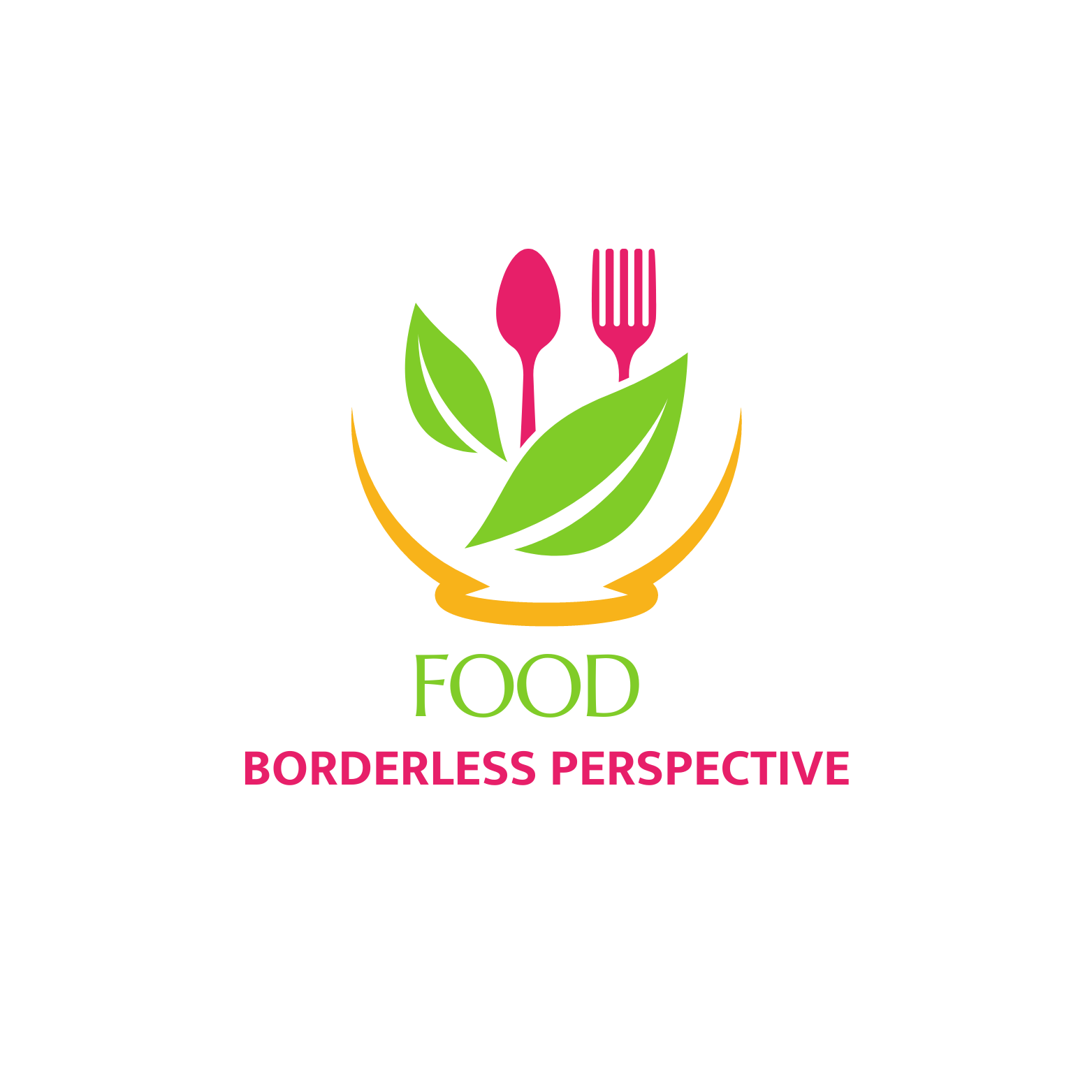Weight loss is a journey that many of us embark on with enthusiasm and motivation. We set realistic goals, gather weight loss tips, and commit to a healthy lifestyle. And when it comes to measuring our progress, we often turn to our trusty bathroom scale.
But what if I told you that your bathroom scale might not be telling you the whole story?
Imagine this: You’ve been diligently following your weight loss plan for a week. You step on the scale with anticipation, hoping to see the numbers drop. But instead, the scale stubbornly stays the same.
Discouraged, you start questioning your efforts. Did you miss something? Are you doing something wrong? It’s easy to let the numbers on the scale dictate our emotions and motivation to keep going.
But here’s the thing: your weight is not the only indicator of progress on your weight loss journey. It’s just a small piece of the puzzle.
Key Takeaways:
- Your bathroom scale may not provide a complete picture of your weight loss progress.
- Weight fluctuations can be influenced by various factors, such as water weight and natural fluctuations.
- Instead of fixating solely on the numbers, focus on body composition analysis and how you feel in your own skin.
- Set realistic weight loss goals that align with your overall health and well-being.
- Remember that a healthy lifestyle encompasses more than just the number on the scale.
The Psychological Impact of the Bathroom Scale
Are you tired of the emotional roller coaster every time you step on the bathroom scale? You’re not alone. For many individuals with eating and weight issues, the numbers on the scale can have a profound psychological impact.
The scale has the power to make you feel defeated or elated, depending on whether you’ve lost or gained weight. These emotions can significantly influence your eating behaviors. When you see a decrease in the numbers, you might reward yourself with a treat, while an increase can leave you feeling down and triggering emotional eating.
This vicious cycle of weight fluctuation, self-esteem, and emotional eating can create a negative relationship with the scale. It can lead to anxiety and stress every time you weigh yourself, causing you to avoid stepping on the scale altogether.
“The scale anxiety is real! I used to dread weighing myself, fearing the numbers would dictate my self-worth.” – Sarah M.
But there’s a solution to overcome the psychological impact of the bathroom scale: the Shapa scale. Unlike traditional scales, the Shapa scale uses a color-based system rather than specific numbers.
By focusing on colors, the Shapa scale removes the pressure and judgment. It provides a non-threatening visual representation of your progress. The colors indicate whether you’re maintaining, losing, or gaining weight, without attaching any value to your achievements.
This innovative approach helps reduce scale anxiety and allows you to develop a healthier mindset towards weight management. With the Shapa scale, you can break free from the emotional turmoil and embrace a more positive relationship with your body and self-esteem.
Real-Life Testimonials:
- “I no longer feel stressed or obsessed about the number on the scale. The Shapa scale is a game-changer for my mental well-being.” – Chloé R.
- “The Shapa scale gave me the confidence to focus on my overall health, rather than just chasing a number. It’s refreshing!” – Mark T.
| Traditional Scale | Shapa Scale |
|---|---|
| Displays specific numbers | Uses colors to indicate progress |
| Increases scale anxiety | Reduces scale anxiety |
| Emphasizes weight fluctuations | Focuses on overall trend |
The Benefits of Using a Color-Based Scale
When it comes to managing your weight in a healthy and sustainable way, a color-based scale like the Shapa can be a game-changer. Instead of fixating on numbers, this innovative scale uses colors to track your progress, offering a host of benefits that go beyond ordinary weight measurement.
Let’s take a look at some of the key advantages:
1. Weight Tracking with a Non-Threatening Approach
With a color-based scale, you can say goodbye to the constant judgment and self-criticism associated with traditional scales. Instead of focusing solely on numbers, the Shapa scale provides a non-threatening visual representation of your progress using colors. So, whether you’re maintaining, losing, or gaining weight, you can easily interpret and act upon the feedback without feeling discouraged.
2. Promotes Intuitive Eating
Intuitive eating is all about listening to your body’s signals and making informed choices about your food intake. The color-based system of the Shapa scale aligns perfectly with this approach. By removing the emphasis on numbers and shifting the focus to your overall well-being, the scale encourages you to trust your instincts, foster a healthier relationship with food, and make mindful decisions about what you eat.
3. Reinforces Accountability
Staying accountable to your weight management goals is crucial for long-term success. The Shapa scale helps with this by providing visual cues that hold you responsible for your progress. Instead of relying solely on willpower, the scale encourages you to develop a sense of ownership and actively monitor your actions. This accountability can be a powerful motivator, pushing you to make better choices and stay on track.
4. Manages Stress and Boosts Mental Well-being
Dealing with stress or depression can take a toll on your weight management journey. The color-based system of the Shapa scale offers a gentle and supportive approach that alleviates the pressure associated with numerical weight measurements. By embracing this less stressful way of tracking progress, you can prioritize your mental well-being and avoid any negative emotions that may hinder your progress.
| Benefits of Using a Color-Based Scale | Traditional Scale |
|---|---|
| Eliminates judgment and self-criticism | Fosters comparison and self-criticism |
| Promotes intuitive eating | Focuses on rigid diets and calorie counting |
| Encourages accountability | Relies on willpower alone |
| Reduces stress and supports mental well-being | May trigger anxiety and negative emotions |
As you can see, a color-based scale offers numerous advantages over its traditional counterpart. By embracing this innovative approach, you can revolutionize the way you track your weight, enhance your relationship with food, and achieve your health goals in a more enjoyable and sustainable manner.
Overcoming Saboteurs in Your Weight Loss Journey
When it comes to embarking on a weight loss journey, the last thing you need is someone sabotaging your efforts to eat healthily. Unfortunately, there are diet saboteurs lurking in every corner of your life, ready to tempt you with their unhealthy choices and derail your progress. But fear not, for with a little determination and a well-structured game plan, you can overcome these obstacles and stay on track.
Let’s meet some of these diet saboteurs:
- Happy Hour Howie: Your always-up-for-a-drink colleague who constantly suggests grabbing a few cocktails and deep-fried appetizers after work.
- Lunch Lady Linda: The co-worker who brings in decadent homemade desserts and urges you to have “just a tiny slice.”
- Baker Bob: Your neighbor who loves baking sinful treats and frequently drops off fresh batches of cookies and pastries at your doorstep.
- Competitive Carol: Your well-meaning friend who is always comparing her weight loss progress to yours and trying to one-up you.
- The Sabotaging Spouse: Your partner who loves indulging in fast food and insists on ordering takeout even though you have a healthy meal planned.
- The Birthday Bully: Your friend who insists you have a second slice of cake at their birthday party, despite your best intentions.
Now that you know who they are, it’s time to arm yourself with strategies to overcome their influence:
- Communicate: Let your diet saboteurs know that you have made a commitment to prioritize your health. Explain that their support is important to you, and kindly request that they respect your choices.
- Set Boundaries: Establish clear boundaries with your saboteurs. Let them know what you are comfortable with and what temptations you would like to avoid. For example, you can politely decline Happy Hour Howie’s invitation for drinks and suggest a healthier alternative, like going for a walk or grabbing a green smoothie instead.
- Enlist Support: Surround yourself with a strong support system. Find friends, family, or colleagues who share your goals and can provide the encouragement you need. Joining a weight loss group or finding an accountability buddy can also make a big difference in staying motivated.
- Be Prepared: When facing tempting situations, come prepared with healthy alternatives. If Lunch Lady Linda brings in her irresistible desserts, pack your own nutritious snack to enjoy instead. Having a game plan in place will help you resist temptation and stay on track.
- Practice Self-Care: Remember that your weight loss journey is ultimately about taking care of yourself. Prioritize self-care by engaging in activities that reduce stress and boost your overall well-being. This can include exercise, meditation, journaling, or indulging in hobbies that bring you joy.
By implementing these strategies, you can overcome the influence of diet saboteurs and stay committed to your healthy eating plan. Remember that your journey to weight loss is a personal one, and while the temptations may be challenging, the rewards are worth it. Stay strong, stay focused, and keep your eyes on the prize. Success is within your reach!
The Impact of Emotional Eating on Weight Loss
Emotional eating can be a real obstacle on your weight loss journey. We’ve all been there – using food as a source of comfort or reward when we’re feeling stressed, sad, or even happy. But this habit can lead to overeating and make it harder for you to achieve your weight management goals.
Are you guilty of turning to comfort food in times of stress? It’s time to recognize the triggers that lead to emotional eating and develop strategies to overcome them. By gaining control over your cravings and managing your emotions, you can take charge of your eating habits and regain control of your weight.
“Sometimes the best way to deal with emotional eating is to find ways to comfort yourself that don’t involve food.”
One effective approach is practicing mindful eating. Instead of mindlessly devouring a pint of ice cream in front of the TV, try being present during your meals. Pay attention to your hunger and fullness cues. Take the time to savor each bite and truly enjoy the flavors and textures of your food. This way, you’ll be more in tune with your body’s signals and less likely to overeat because of emotional triggers.
The Mindful Eating Checklist
- Focus on your food – eliminate distractions like TV or phone
- Eat slowly and savor each bite
- Listen to your body’s hunger and fullness cues
- Choose nutritious and satisfying foods
- Avoid labeling foods as “good” or “bad”
By practicing mindful eating, you can break free from the cycle of emotional eating and make healthier choices that support your weight loss goals.
| Emotional Triggers | Alternative Strategies |
|---|---|
| Stress | Engage in stress-reducing activities like yoga or meditation |
| Sadness | Reach out to a friend or loved one for support |
| Boredom | Find a new hobby or engage in a fun activity |
| Happiness | Celebrate with non-food rewards like a spa day or a new book |
Remember, emotional eating doesn’t have to control your weight loss journey. With mindfulness and alternative strategies, you can overcome this hurdle and achieve your weight management goals.
The Role of Portion Control in Weight Loss
When it comes to achieving your weight loss goals, portion control is a key player in the game. Many of us struggle with estimating the right portion sizes, which can often lead to unintentionally consuming more calories than we should. But fear not! With a little guidance and some simple tricks, you can master the art of portion control and take control of your calorie intake.
Size Matters: Portion Control 101
Learning about portion sizes is like having a secret weapon in your weight loss arsenal. It’s time to put on your detective hat and investigate the proper portion sizes for different types of food. From proteins to carbs and everything in between, you’ll discover that eating less doesn’t mean depriving yourself. It’s all about balancing your plate and making smarter choices.
Remember, portion control isn’t about restriction—it’s about finding the right balance.
A Food Diary That Makes a Difference
One of the most effective tools in your portion control toolkit is a trusty food diary. By keeping track of what you eat, you become more aware of your eating habits and can identify areas where you may be going off course. Logging your meals also helps you stay accountable and recognize patterns that may be sabotaging your weight loss efforts.
Don’t worry, your food diary doesn’t have to be complicated. Keep it simple with a pen and paper or try one of the many food tracking apps available. The choice is yours—just find a method that works best for you.
Making Every Calorie Count
Counting calories may sound tedious, but it’s an essential component of portion control. By understanding the number of calories you need to consume to reach your weight loss goals, you can make informed decisions about your food choices. Remember, it’s not just about the quantity of calories—quality matters too. Opt for nutrient-dense foods that nourish your body and leave you feeling satisfied.
Visualize Your Portions
They say a picture is worth a thousand words, and that holds true for portion control as well. Instead of obsessing over numbers, try visualizing your portion sizes using everyday objects as a guide. For example, a serving of meat should be about the size of a deck of cards, while a serving of pasta should be roughly the size of your fist. These simple comparisons can help take the guesswork out of portion control.
Reap the Rewards
By practicing portion control, you’re not only taking a step toward reaching your weight loss goals, but you’re also developing healthier eating habits. You’ll start to notice increased energy levels, better digestion, and an improved sense of well-being. So go ahead, embrace portion control, and watch the positive changes unfold.
Now that you understand the crucial role portion control plays in weight loss, it’s time to put your knowledge into action. With a food diary in hand and a newfound appreciation for portion sizes, you’re equipped to take the next steps on your weight loss journey. Remember, small changes can lead to big results, so start with one plate at a time and watch the pounds melt away!
The Importance of Finding the Right Diet for You
Are you tired of hopping from one fad diet to another, searching for the secret to quick weight loss? Well, let’s put an end to that madness. Fad diets may promise immediate results, but they often leave you feeling deprived, dissatisfied, and ultimately regaining the lost weight in the long run. It’s time to break the cycle and find a diet plan that actually works for you.
Here’s the thing: one-size-fits-all approaches rarely work when it comes to weight loss. Your body is unique, with its own set of dietary preferences and needs. So, why stick to a generic plan that doesn’t align with your tastes and lifestyle? Instead, opt for a personalized diet plan that takes into account your individual dietary preferences and allows for flexibility.
When you choose a personalized diet plan, you’re not just restricting yourself to a rigid set of rules. You’re embracing a sustainable way of eating that nourishes your body with balanced meals and forms healthy, long-lasting habits. It’s about finding the perfect balance between achieving your weight management goals and enjoying the foods you love.
“A personalized diet plan is like a tailored suit that perfectly fits your unique style and preferences.”
By tailoring your diet plan to your specific needs, you’ll discover a new level of satisfaction and enjoyment in your meals. You won’t feel like you’re missing out on your favorite foods or constantly battling cravings. Instead, you’ll find a balance that allows you to indulge in moderation and make healthier choices most of the time.
So, whether you’re a vegan, a pescatarian, or have any other dietary preference, there’s a personalized diet plan out there for you. It’s time to say goodbye to restrictive dieting and embrace a sustainable approach that fits your lifestyle.
Benefits of a Personalized Diet Plan:
- Fits your dietary preferences: No more forcing yourself to eat foods you dislike. Your personalized diet plan will be tailored to your taste buds.
- Promotes sustainable eating habits: Say goodbye to yo-yo dieting and hello to long-term success. Your plan will focus on creating healthy habits that you can maintain for life.
- Encourages flexibility: No more rigid rules and restrictions. Enjoy the foods you love while still achieving your weight management goals.
- Supports your overall well-being: A personalized diet plan takes into account not only your weight loss goals but also your overall health and well-being.
Remember, finding the right diet for you is not about following the latest trend or copying someone else’s results. It’s about understanding your own body and creating a sustainable eating plan that works uniquely for you. So, ditch the fads, embrace your preferences, and discover the power of personalization.
Conclusion
Congratulations, you’ve made it through your weight loss journey! But remember, achieving and maintaining weight loss isn’t just about the numbers on a scale. It’s about cultivating sustainable habits and prioritizing self-care.
Throughout this journey, you’ve learned the importance of focusing on your mental and emotional well-being. You’ve discovered strategies to overcome saboteurs and emotional triggers that may have hindered your progress. And let’s not forget the power of portion control in managing your calorie intake.
But perhaps most importantly, you’ve found the right diet for your individual needs. By tailoring your eating plan to your dietary preferences and creating a flexible approach, you’ve set yourself up for long-term success. No more fad diets or quick fixes – just a commitment to nourishing your body with balanced meals.
So as you look to the future, continue to prioritize self-care as you maintain your healthy lifestyle. Build a support system of friends and loved ones who will encourage and motivate you. And remember, sustainable habits are key. Keep making those small, impactful changes that will help you outsmart your bathroom scale and achieve lasting results.
FAQ
Why should I be concerned about the psychological impact of the bathroom scale?
How can a color-based scale help me with weight management?
Who are diet saboteurs and how can I overcome their influence?
How does emotional eating affect weight loss?
Why is portion control important for weight loss?
Are fad diets effective for weight loss?
What is the holistic approach to weight loss?
MORE SOURCES TO READ:
- https://www.myrecipes.com/healthy-diet/this-miracle-scale-is-my-best-weight-loss-ally-because-it-doesnt-tell-me-how-much-i-weigh
- https://www.everand.com/book/266008674/A-Common-Sense-Guide-To-Weight-Loss
- https://health.usnews.com/wellness/food/articles/2017-02-15/how-to-foil-diet-saboteurs
![]()














Recent Comments